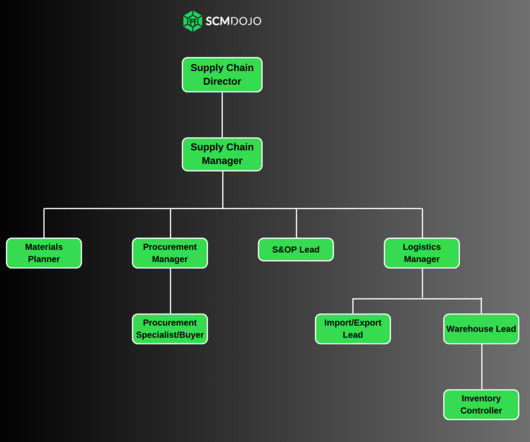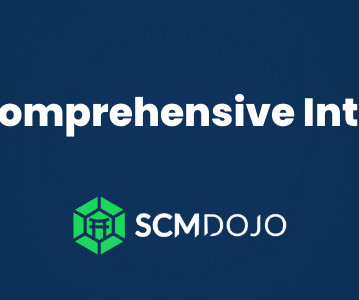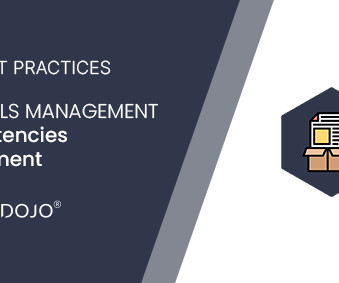Supply Chain Department – A Typical Structure
SCMDOJO
MARCH 19, 2024
This data can be used to identify areas for improvement and make informed decisions about sourcing, production, and distribution. These functions include procurement, production planning, inventory management, logistics, and customer service. Inventory Controller Manage inventory levels and stock movement.
















Let's personalize your content